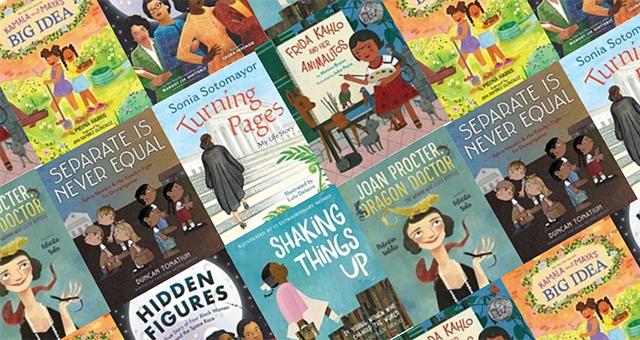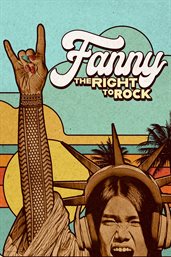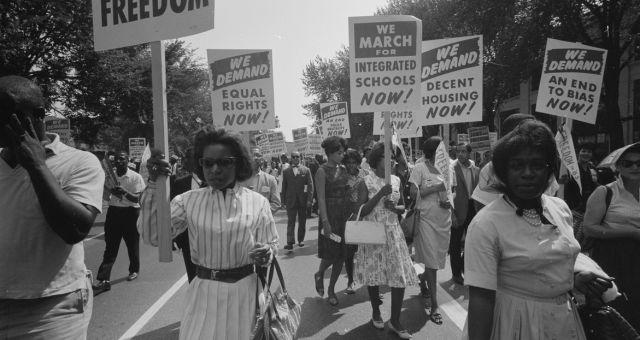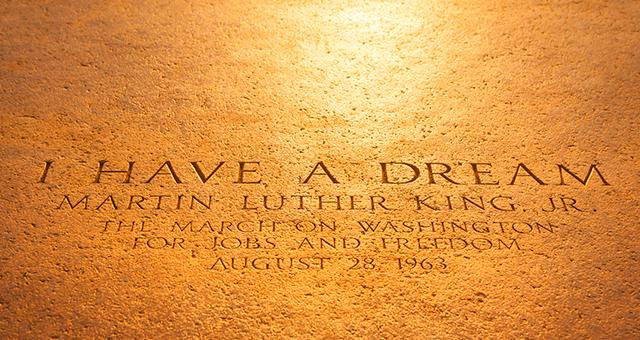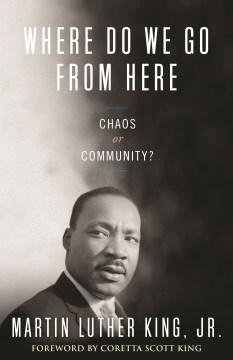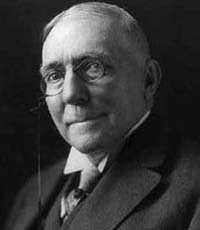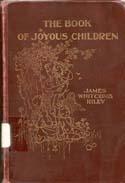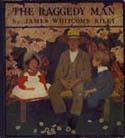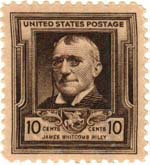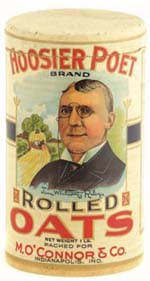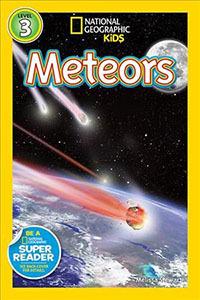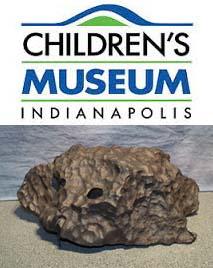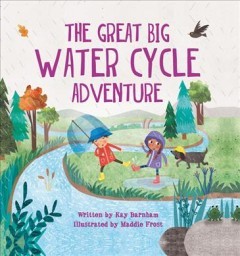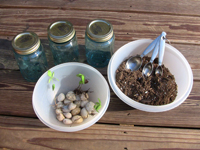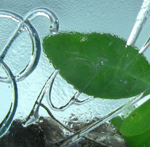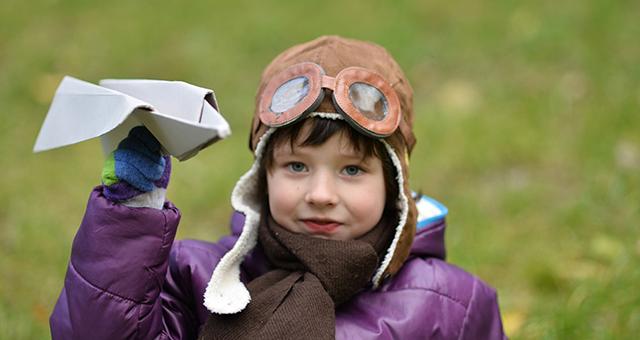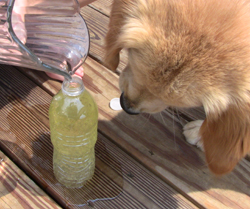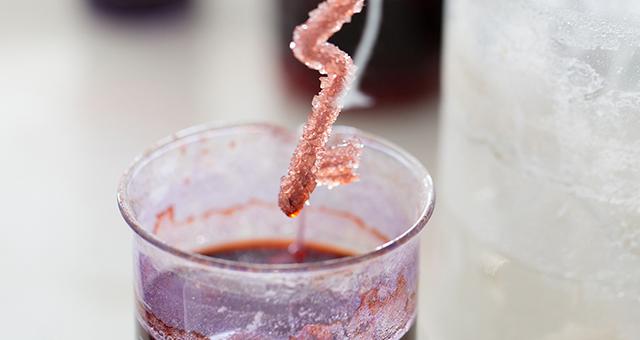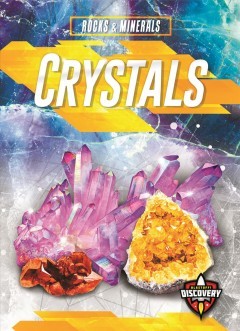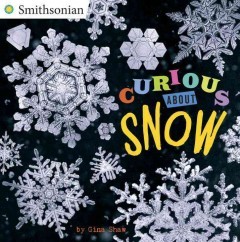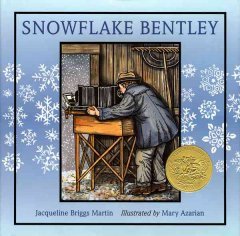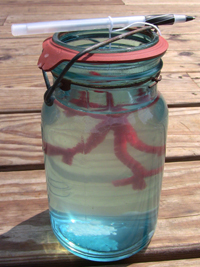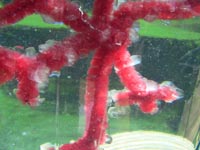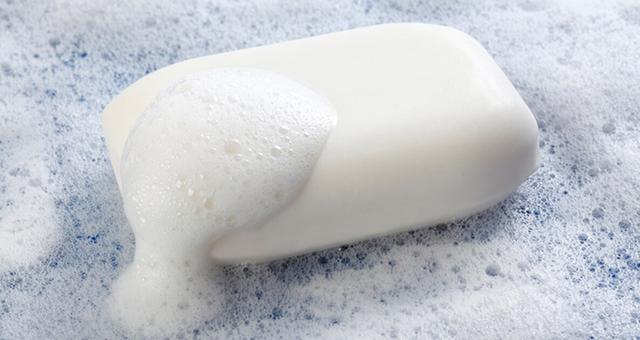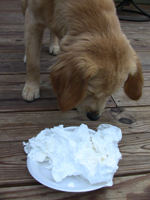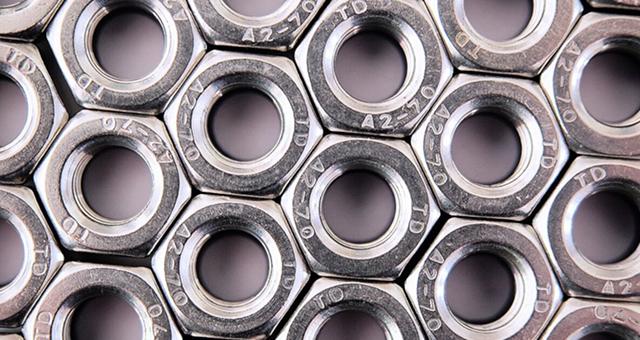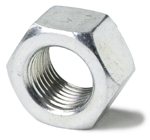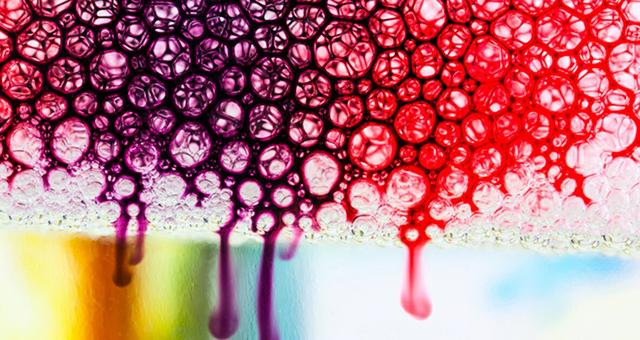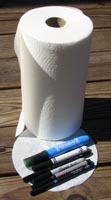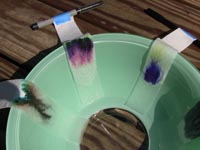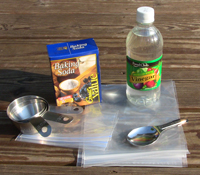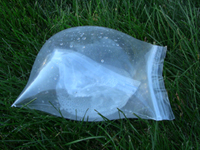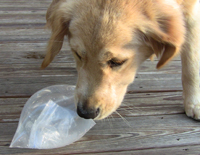Kids of all ages can learn about more than a dozen trailblazing women in science, art, law, politics, and sports by listening to these video storytimes. Our featured story is called Equality’s Call, by Deborah Diesen, illustrated by Magdalena Mora. It is the story of the history of voting rights in the United States from our nation’s founding until today. The story is read by National Women’s History Museum Ambassador, actress Logan Browning.
To hear even more stories about amazing women, just click on a book cover to listen to another one!
e-Books & Audiobooks
Use your indyPL Library Card to check out books about trailblazing women at any of our locations, or check out books about trailblazing women e-books and audiobooks from OverDrive Kids right to your device! If you have never used OverDrive before, you can learn how to use it for both e-books and audiobooks.
Find more FREE online reading at Free Video Read Alouds or try storytime at home!
Need help? Ask a Library staff member at any of our locations or call, text, or email Ask-a-Librarian. The Tinker Station helpline at (317) 275-4500 is also available. It is staffed by device experts who can answer questions about how to read, watch and listen on a PC, tablet or phone.
Websites, Activities & Printables
- National Geographic Kids: Women’s History Month
- She Can STEM: Stories They build robots, find new sources of energy, study animals, play with slime, and invent apps.
- DK Find Out! National Women’s History Month
- The Metropolitan Museum of Art: Trailblazing Women in Art
Women’s History for Kids
Fun books to help kids learn about women’s history and get inspired to make a difference!
Women and Girls Make Amazing Music!
These compelling documentaries shed light on the lives and careers of women and girls working in a range of genres and musical settings.
Game Changers: 25 Books About Female Athletes Who Took the Lead
Listed here are more stories about trailblazing female athletes. “Stories, both real and imagined, show what girls can do. The stories of women’s lives, and the choices they made, encourage girls to think larger and bolder, and give boys and men a fuller understanding of the female experience.” ~National Women’s History Project
Women Make Amazing Art!
Invite the budding young artists in your life to explore art by women from around the planet!
